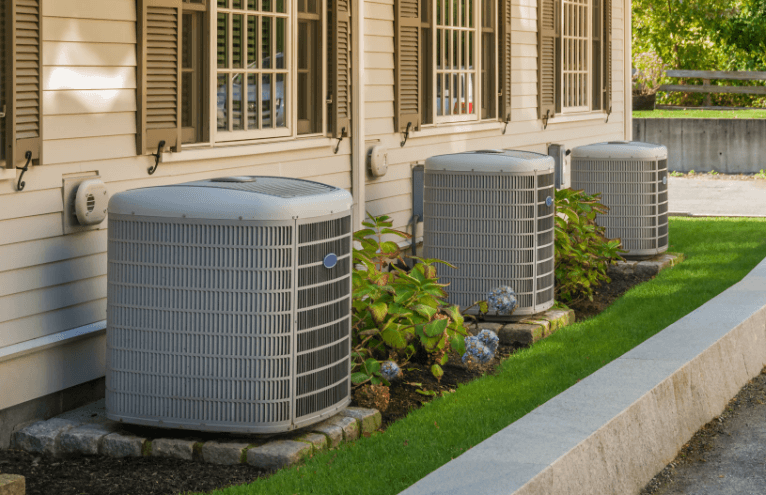
A HVAC Charlotte, NC system can be divided into two main types: packaged and split. Packaged systems are generally pre-assembled, while split systems do not. Packaged systems are ideal for homes where space is limited and require fewer parts. Split systems, on the other hand, are more complicated and are often used for commercial applications.
Air conditioners
AC and HVAC are two terms that are often used interchangeably, but have important differences. The former cools a room, while the latter heats a space. A heat pump uses the same refrigeration process as an AC unit, but reverses it to provide heat. More buildings are replacing traditional “wet” air conditioning systems with more energy-efficient, reliable systems.
HVAC stands for heating, ventilation, and air conditioning. The heating portion of the system comes in a variety of forms. Some properties have central heat, while others use a furnace powered by natural gas or fuel oil.
Mini-split systems
When it comes to energy efficiency, mini-split systems are a smart choice. They don’t use ducts, which can waste up to 30% of energy. Plus, ducts can have gaps, cracks, and holes, which increase energy loss. In contrast, mini-split systems deliver air directly from the indoor unit to a targeted area, ensuring maximum efficiency and reduced electricity costs.
While traditional HVAC units work to cool entire rooms, mini-splits can also cool specific rooms, including the basement and attic. This allows homeowners to control temperature and save money on energy bills. Mini-split systems are also much more energy-efficient than conventional air-conditioning systems.
Central air conditioning
Central air conditioning is an excellent way to cool your home in summer months. It keeps the entire house comfortable by reducing the heat, humidity, and noise. The system is especially useful for larger buildings that are subject to warm weather. The heat from bodies and the weather can quickly warm up large buildings, making them oppressive. Additionally, the heat can cause the interior of the building to become damp from respiration. Central air not only helps keep people comfortable, but it also makes the entire house more inviting to visitors.
Central air conditioning uses a filtration system to eliminate airborne particles and microscopic pollutants. The filtered air is then routed through ductwork to the various rooms. Since the compressor bearing unit is located outside of the home, it does not produce a great deal of indoor noise.
Thomas Bennett
Related posts
Stay connected
Today's pick
- Safety Essentials Every CNC Operator Should Follow DailyCNC machining demands precision, consistency, and discipline—but above all, it requires strict attention to safety. Whether you’re working with mills, lathes, routers, or grinders, every machine has the potential to cause serious injury if mishandled. That’s why CNC operators must follow safety protocols daily, no... The post Safety Essentials Every CNC Operator Should Follow Daily […]
